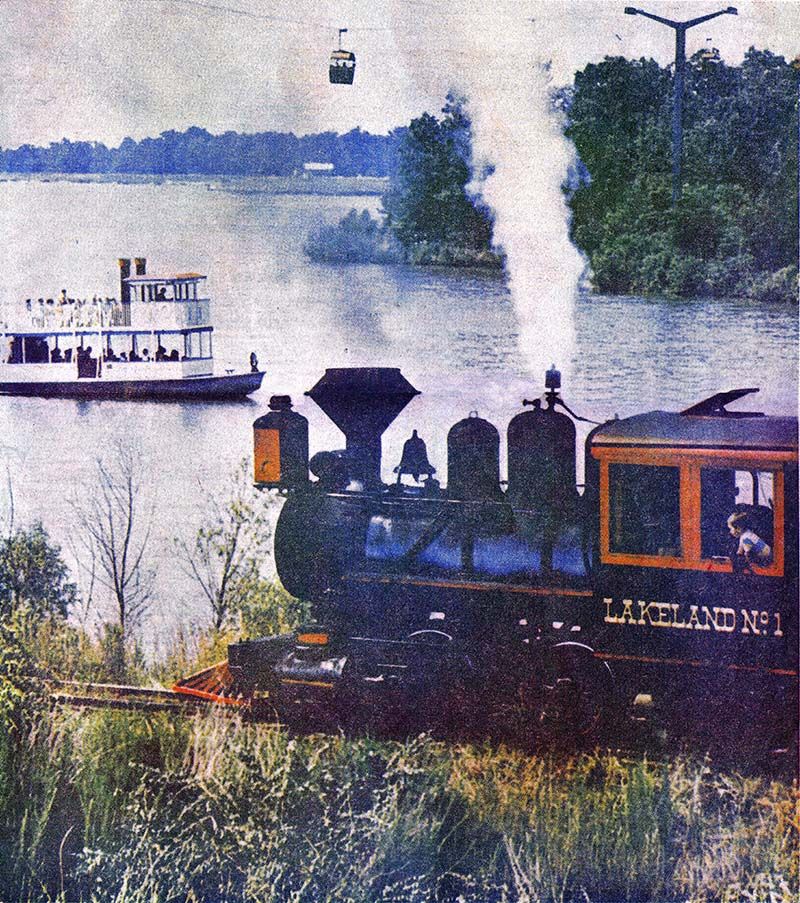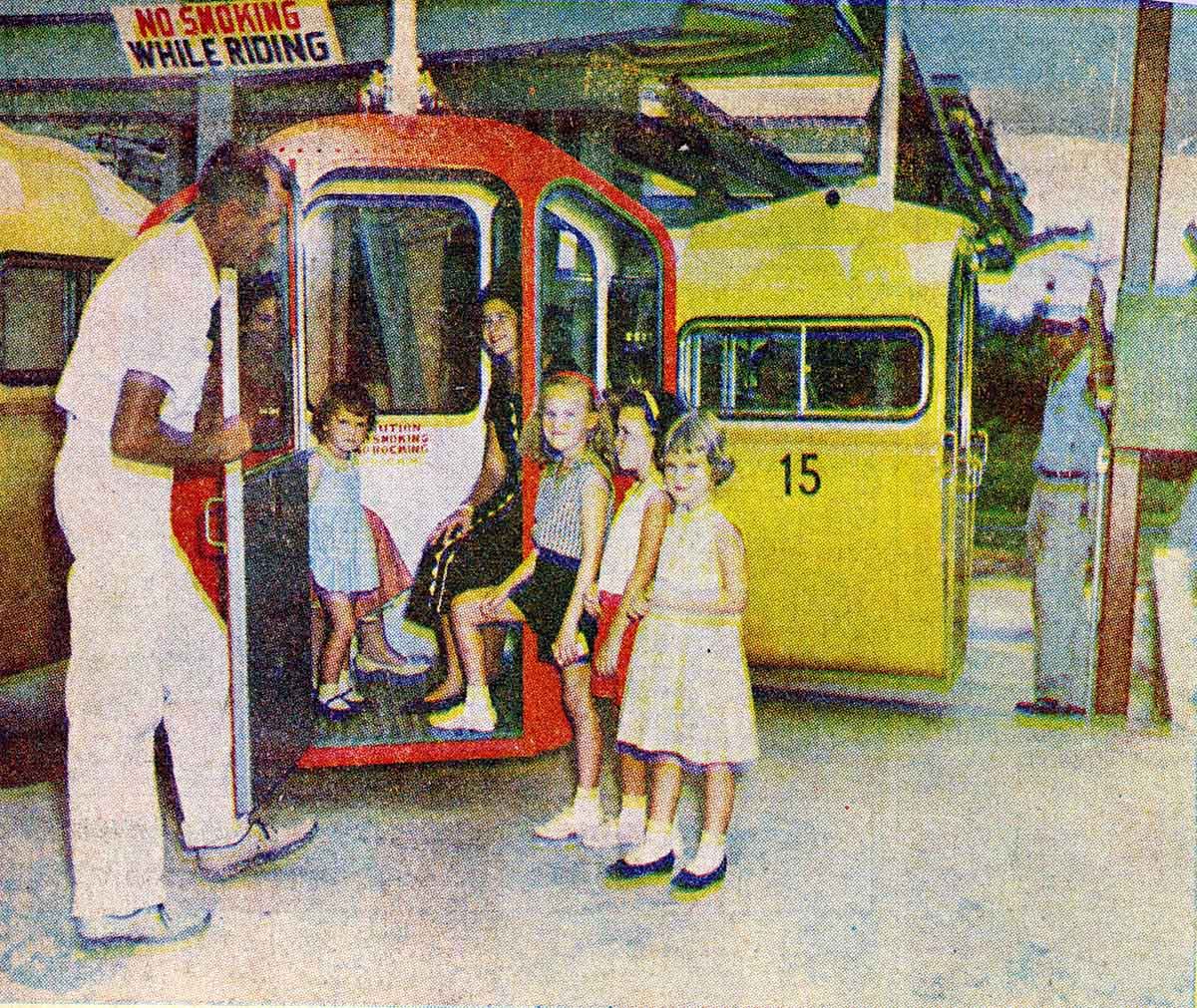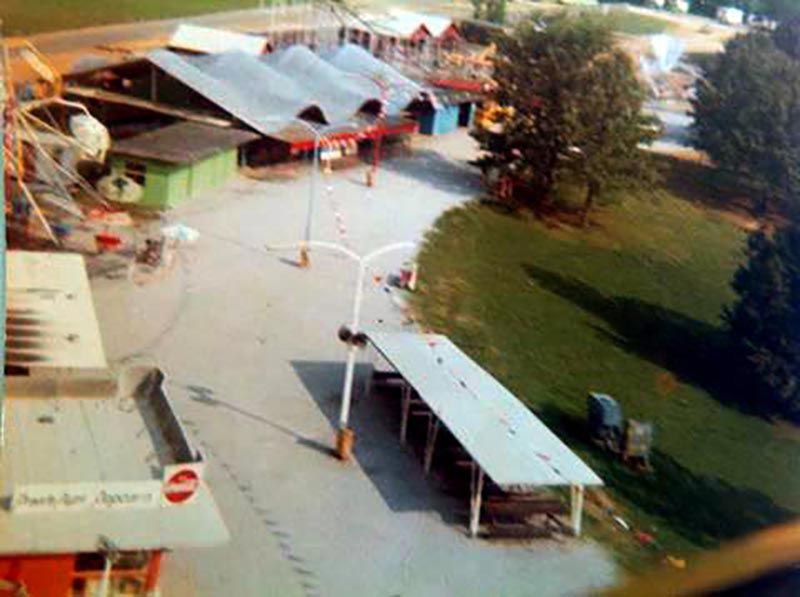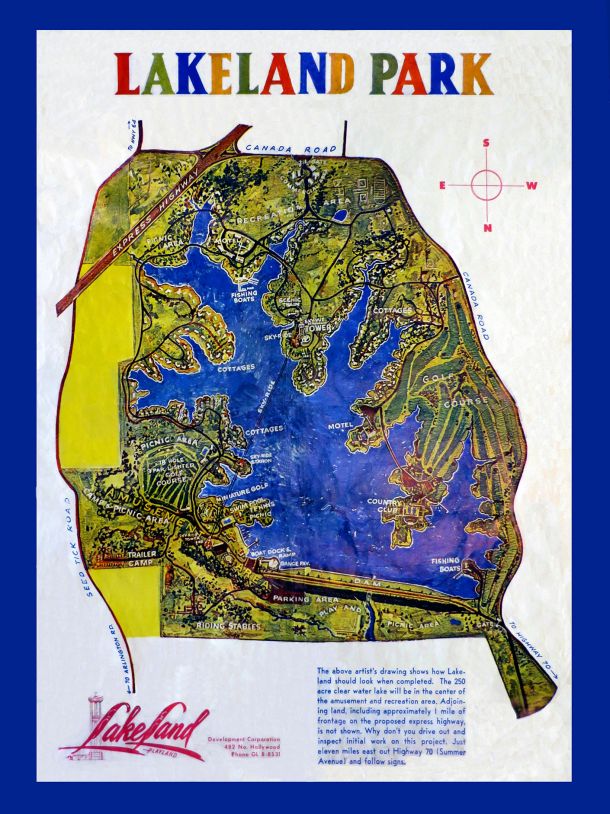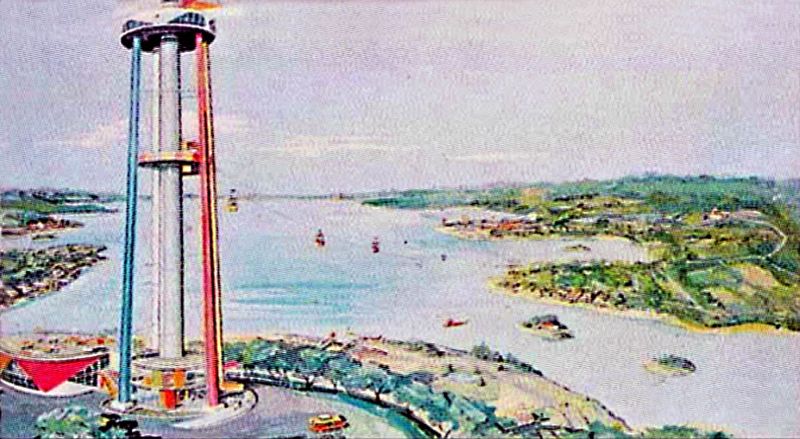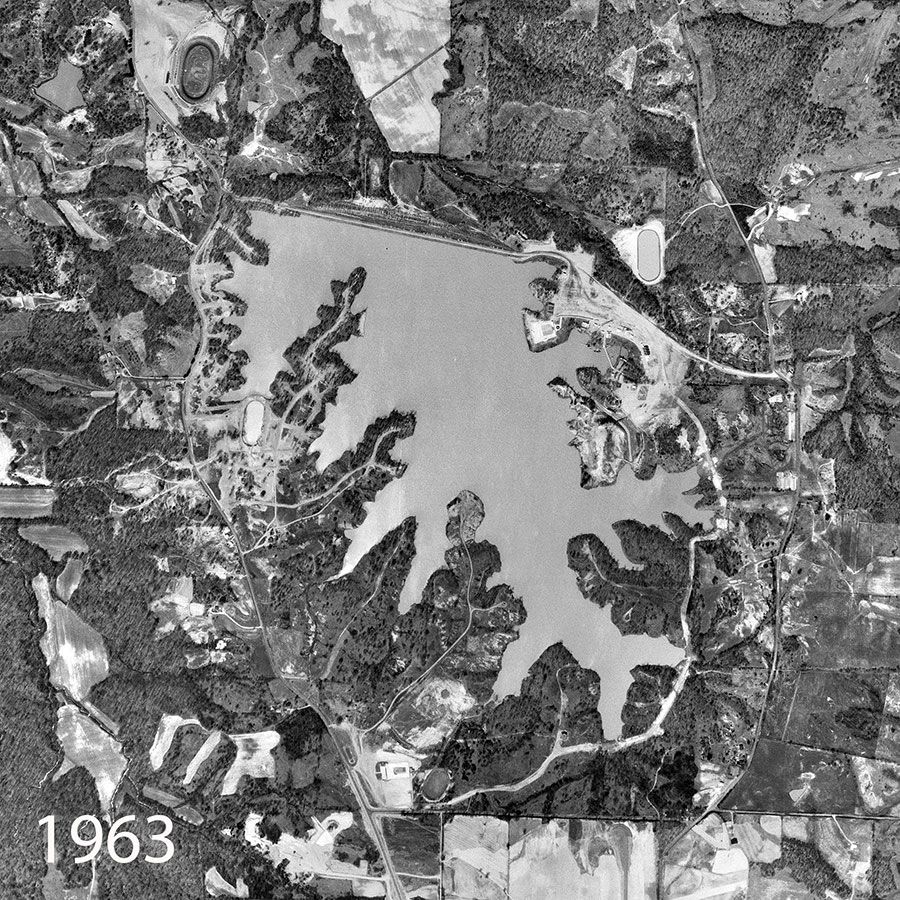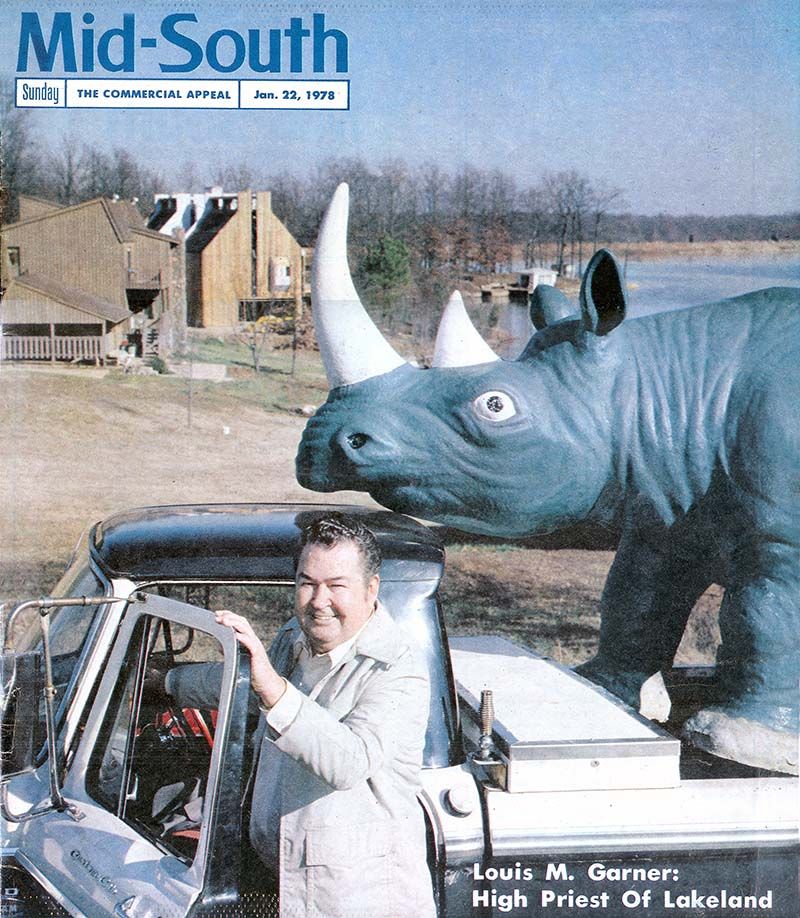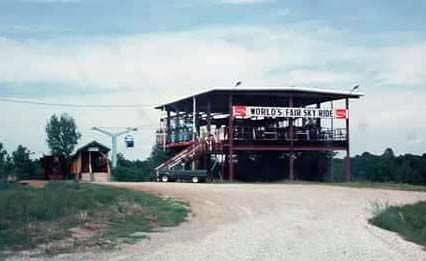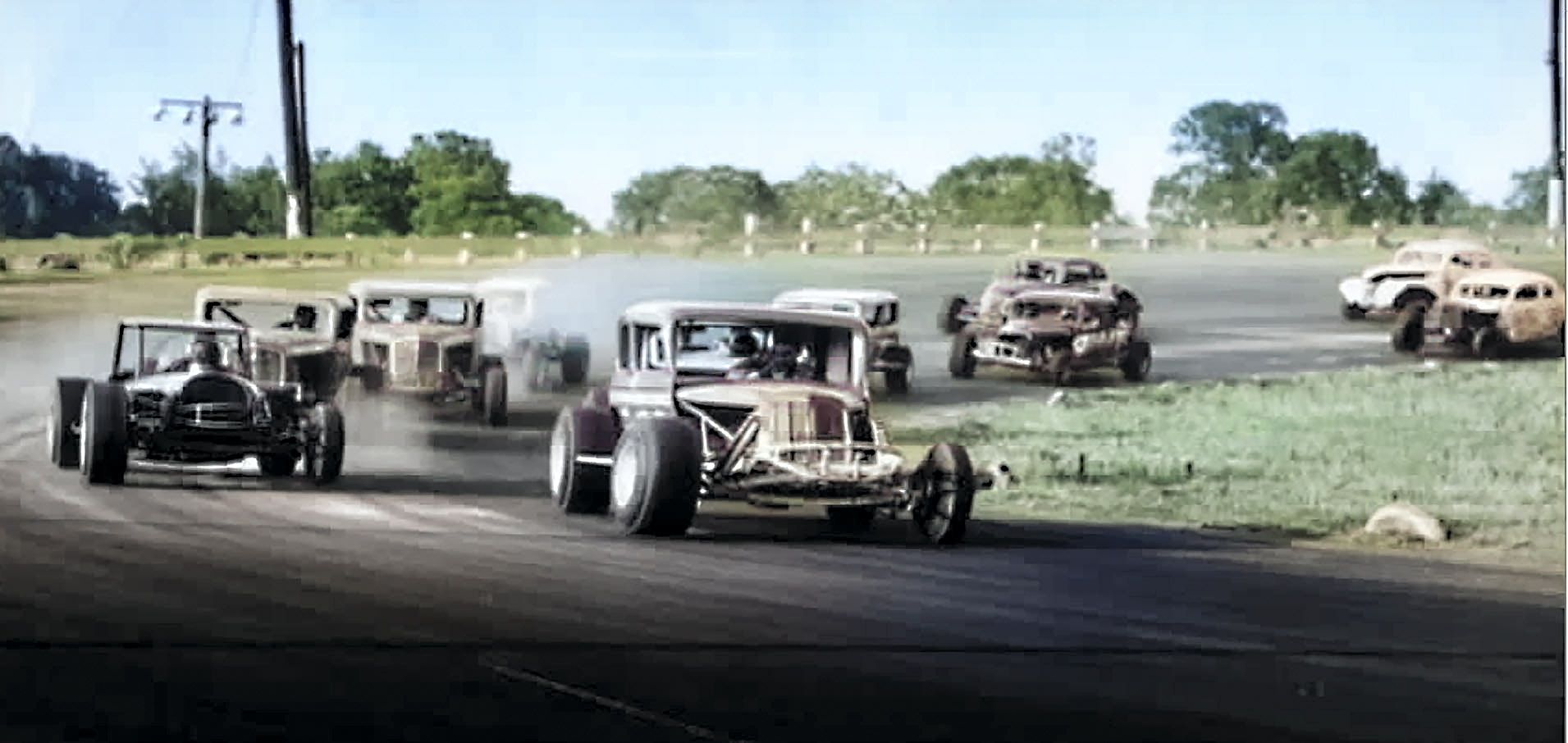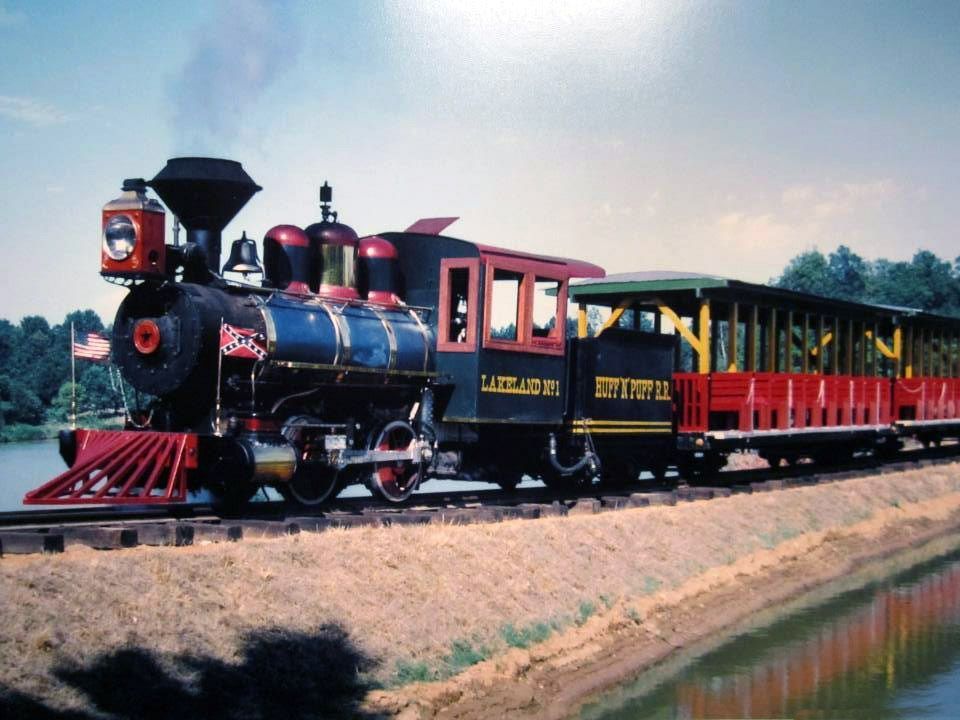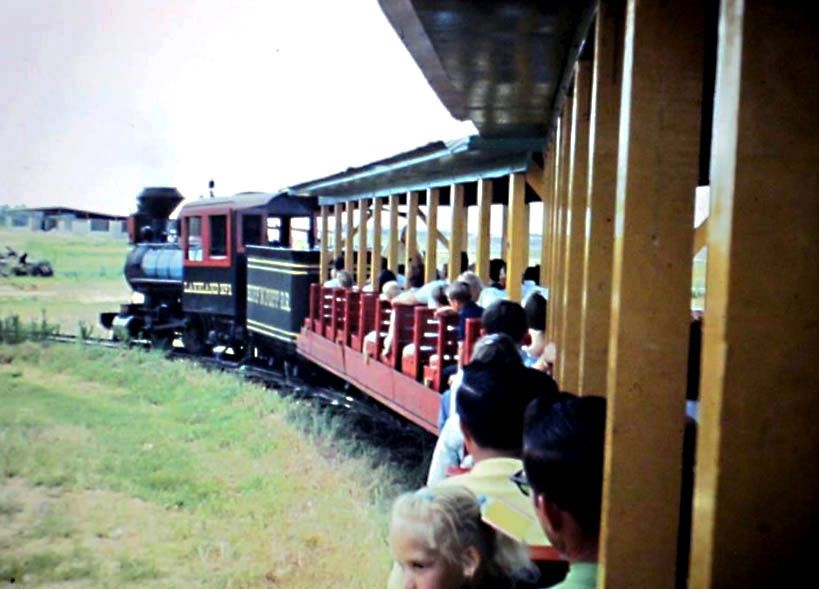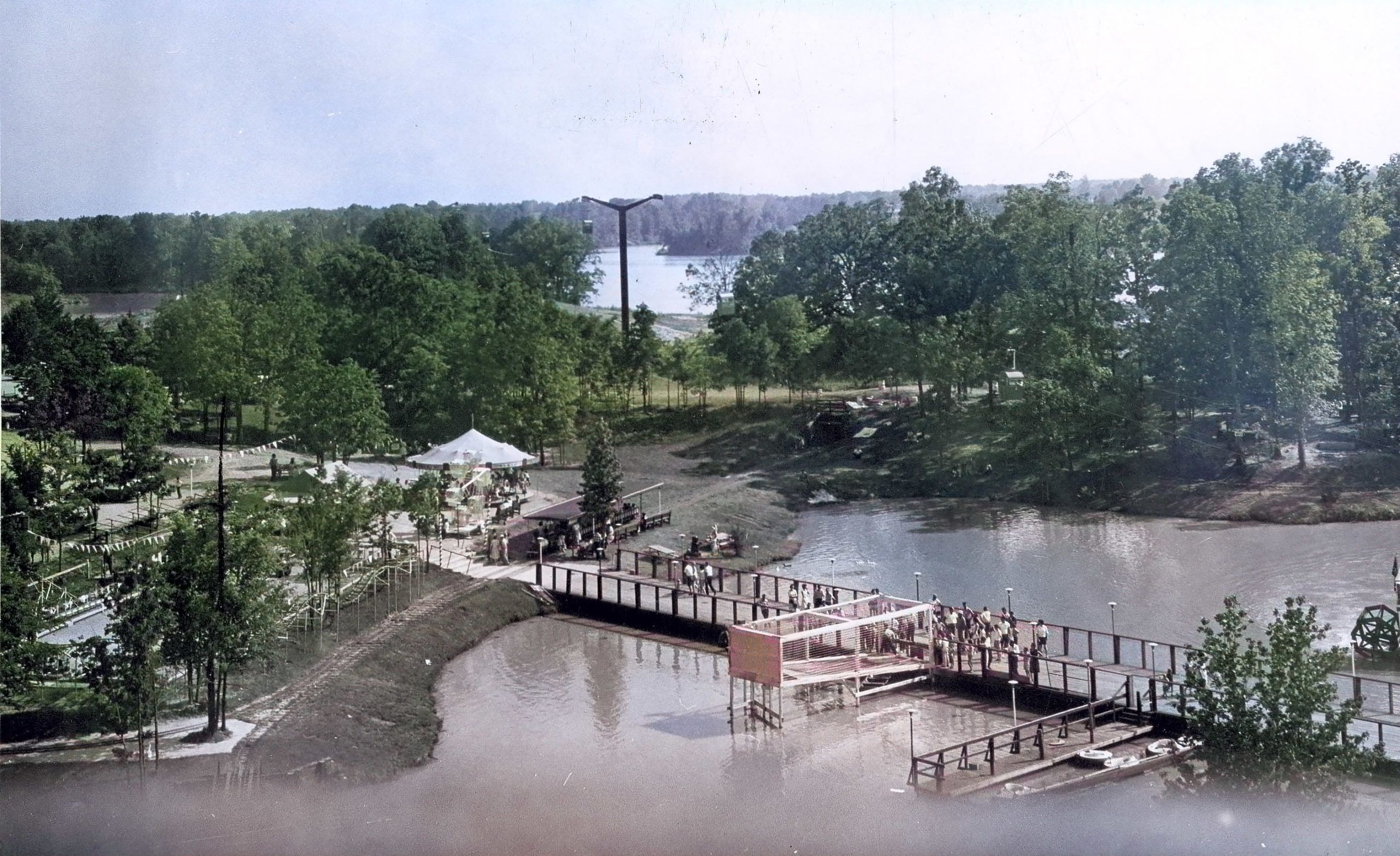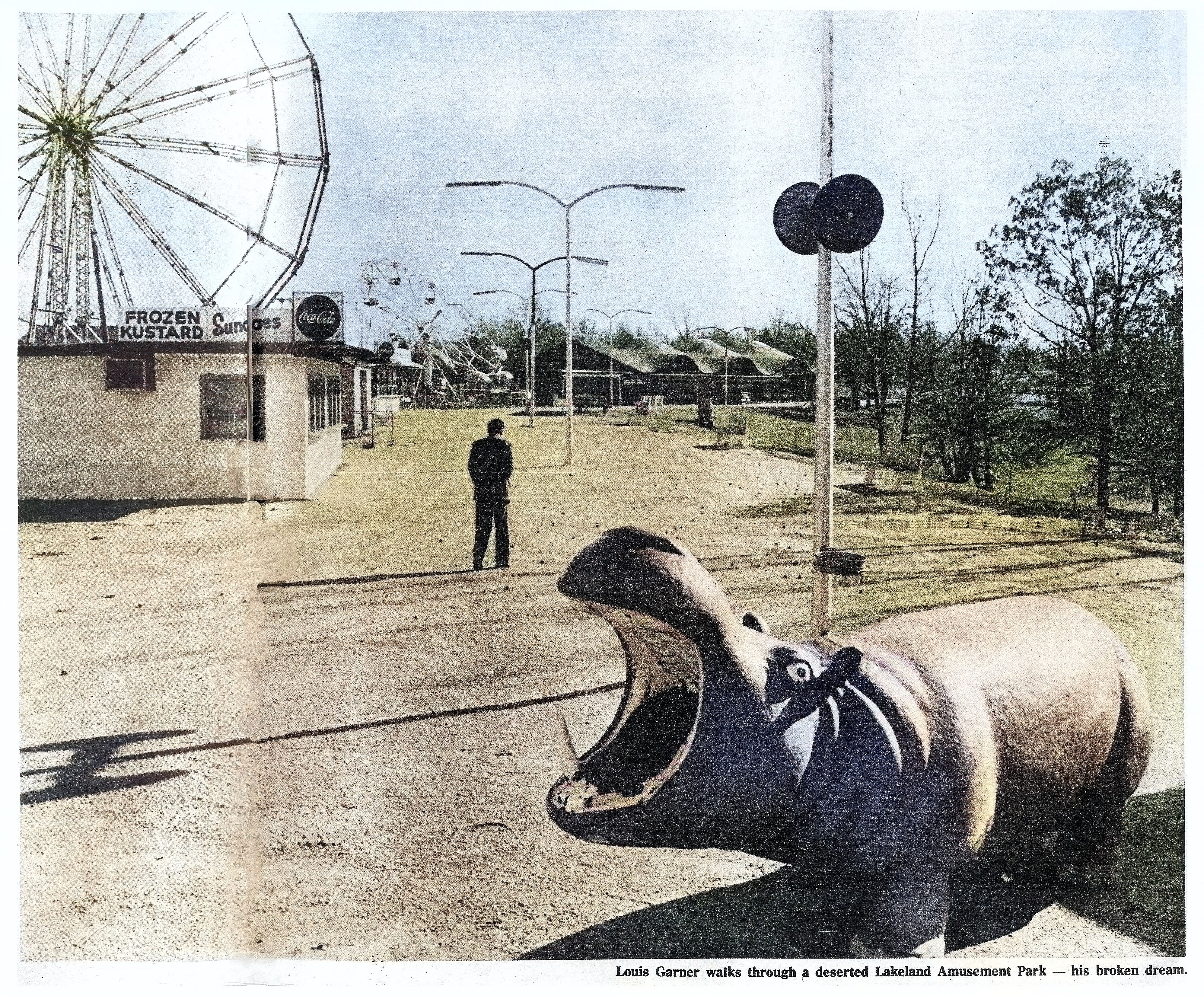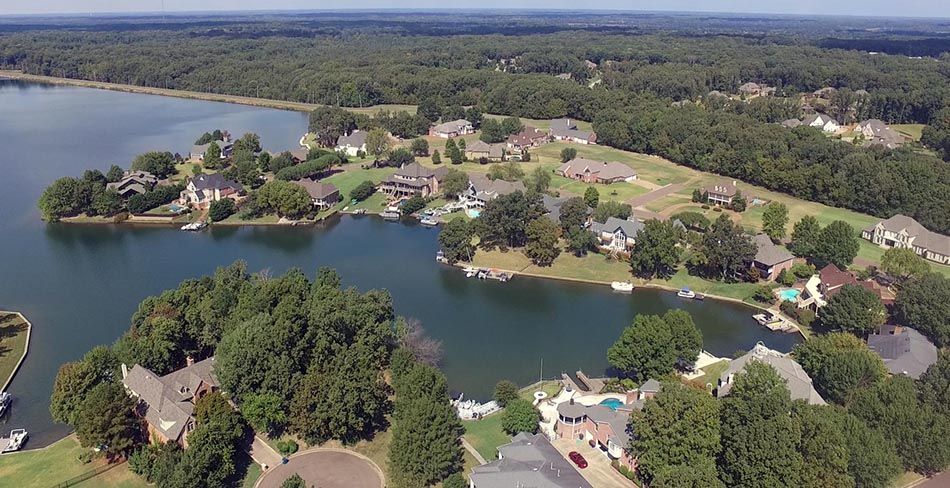
Lakeland Amusement Park
1961-1977
For those growing up in the Midsouth in the 60’s and 70’s, Lakeland Amusement Park was a big part of the social scene. Ads dominated the radio waves, there were dances or battle-of-the-bands almost every weekend, the large pool was full on summer days, and the park itself was a popular and fun gathering place. Almost everyone has a Lakeland story, many involving a kiss on the skyride.
The plans were for it to be the “the world’s largest playground,” “the Disneyland of the Mid-South.” There would be a 250 acre lake, an amusement park, 10,000 seat amphitheater, 4 swimming pools, 3 golf courses, a lighted par-3 golf course, a 300 ft observation tower with restaurant midway, gardens “as outstanding as the ones at Bellingrath,” “hundreds of cabins,” “vast numbers of water rides,” fishing boats, a skeet range, riding stables, tennis courts, a private country club, campsites, 1000 picnic tables, …and much more.
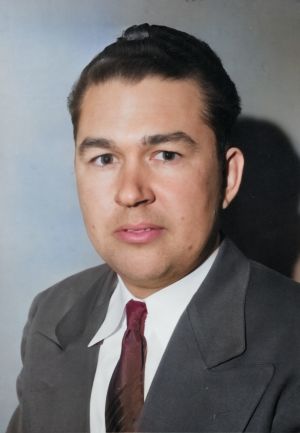
The promoter/developer was Louis Garner, a Memphis insurance agent who conceived the idea on a visit to Ruby Falls in the late ‘50s. He drew up plans, promoted, sold stock, and bought 1150 acres of farmland 11 miles east of Memphis, off Highway 70 at Canada Road. (I-40 was planned but not yet built.) A dam was raised to retain runoff and spring water from Scotts Creek and artesian wells helped fill the lake and maintain it in drier summer months.
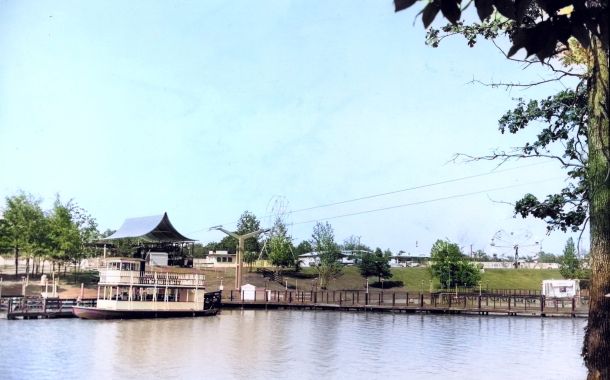
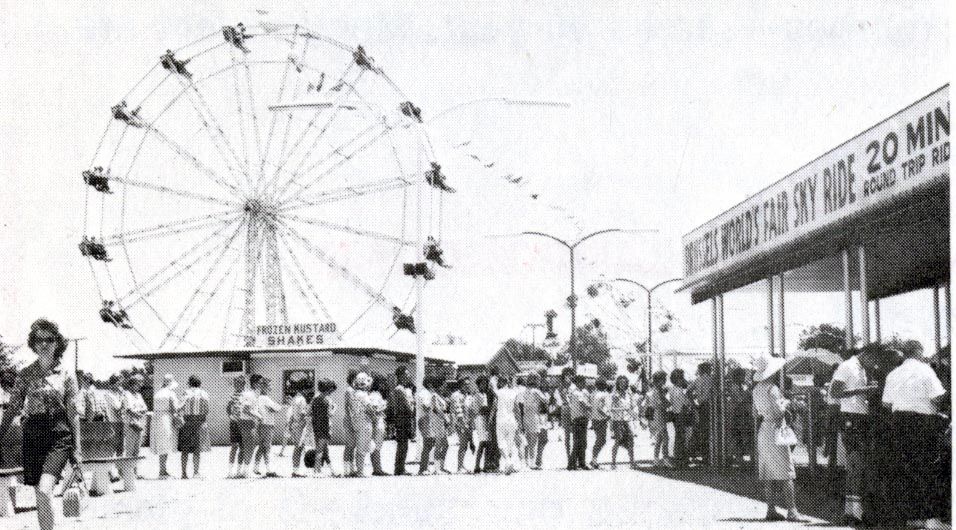
Lakeland Amusement Park opened to great fanfare on June 3, 1961. Among its attractions were a mile-long sky ride, purchased from the 1958 Brussels World Fair, traversing the length of the lake; a 75-passenger paddle-wheeler christened the Roberta E. Lee; 10 amusement rides including the Helicopter, the Paratrooper, the Mad Mouse, the Twister, a miniature train, bumper cars, a Ferris wheel, and a carousel; the Pepsi Pavilion, an outdoor bandstand/dance venue; a large (“largest in the county”) swimming pool; trampoline pits; and an assortment of swings, picnic tables, and slides.
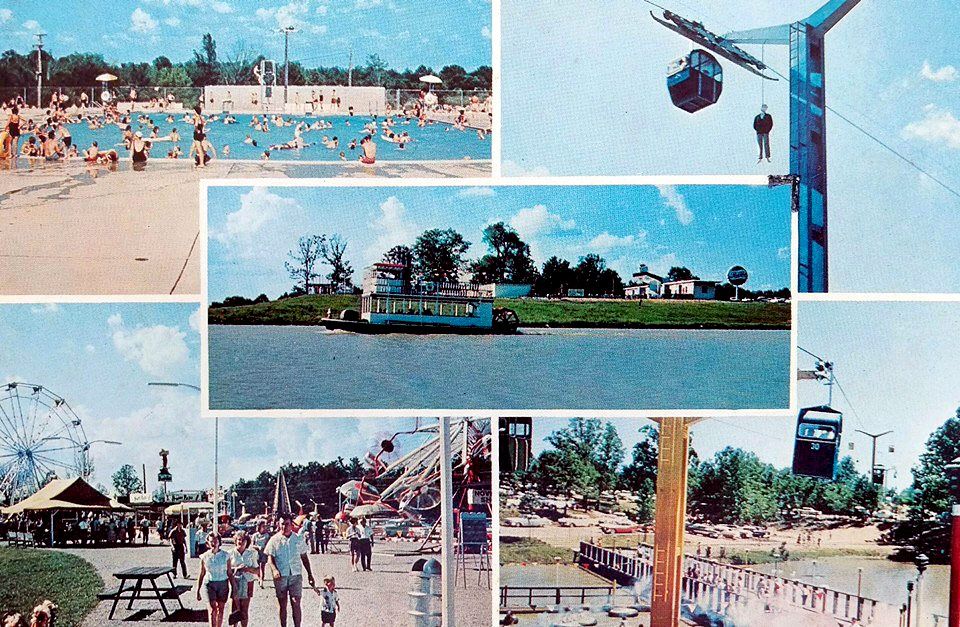
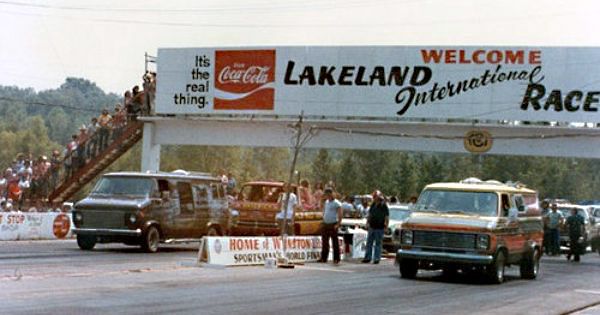
Lakeland Speed Bowl (north of the lake on Canada Rd) and Lakeland International Raceway (south of I-40 on Canada Rd) followed.
The Huff’n Puff railroad with its coal-burning steam locomotive began service in 1966 and traveled a circle at the south shore, robbed en route by moonshiners Rancid Butterball and Filthy McNasty, aka The Band of Uglies.
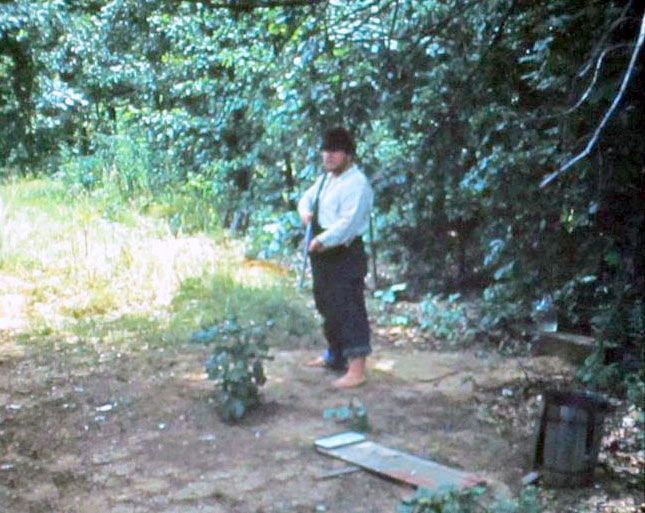

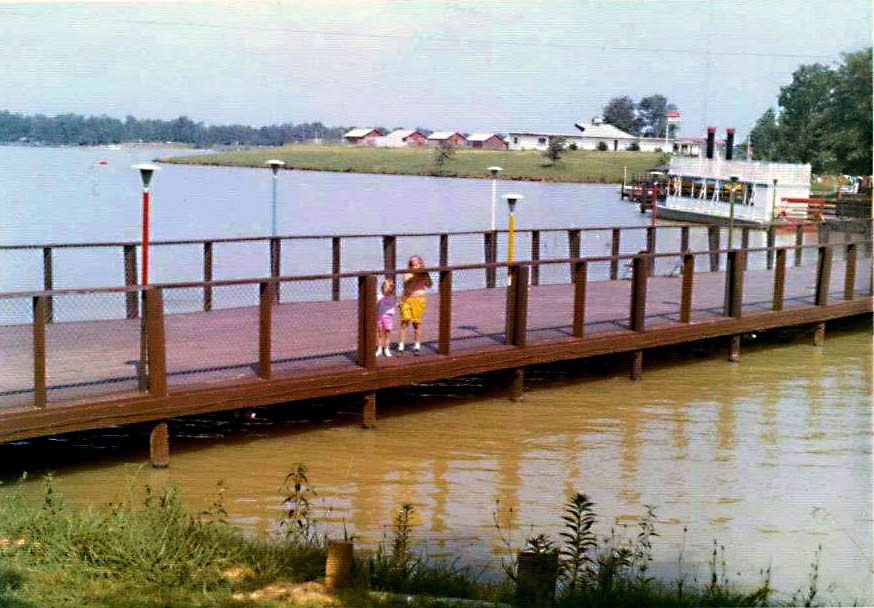
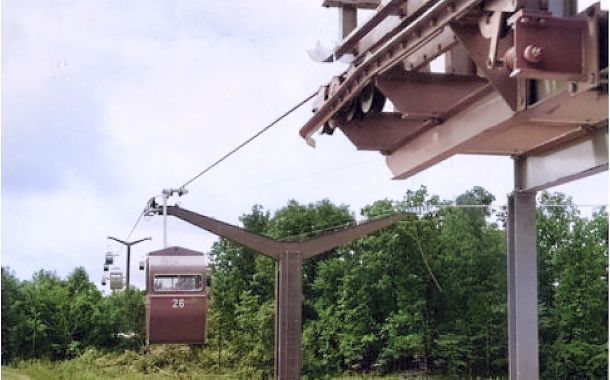
Much of the big plans didn’t materialize including the observation tower, botanical gardens, golf courses, cabins, and country club. But the amusement park operated and advertised heavily throughout the ‘60s and early ‘70s and provided excitement and memories for thousands of Mid-Southerners.
The park came on hard times in the late ‘70s, some say due to the 1976 opening of Memphis’ Libertyland, and it closed in 1977. The rides and equipment were sold off and the amusement park land was converted to residential lots.
Louis Garner built his home, one of the first in East Shores subdivision, on the site of the amusement park. But the bank soon foreclosed on the development, leaving nothing for Garner and the stockholders. Louis and his wife, Jan, eventually retired to Punta Gorda, Florida; upon his death Jan fulfilled his wish and spread his ashes on his beloved Garner Lake.

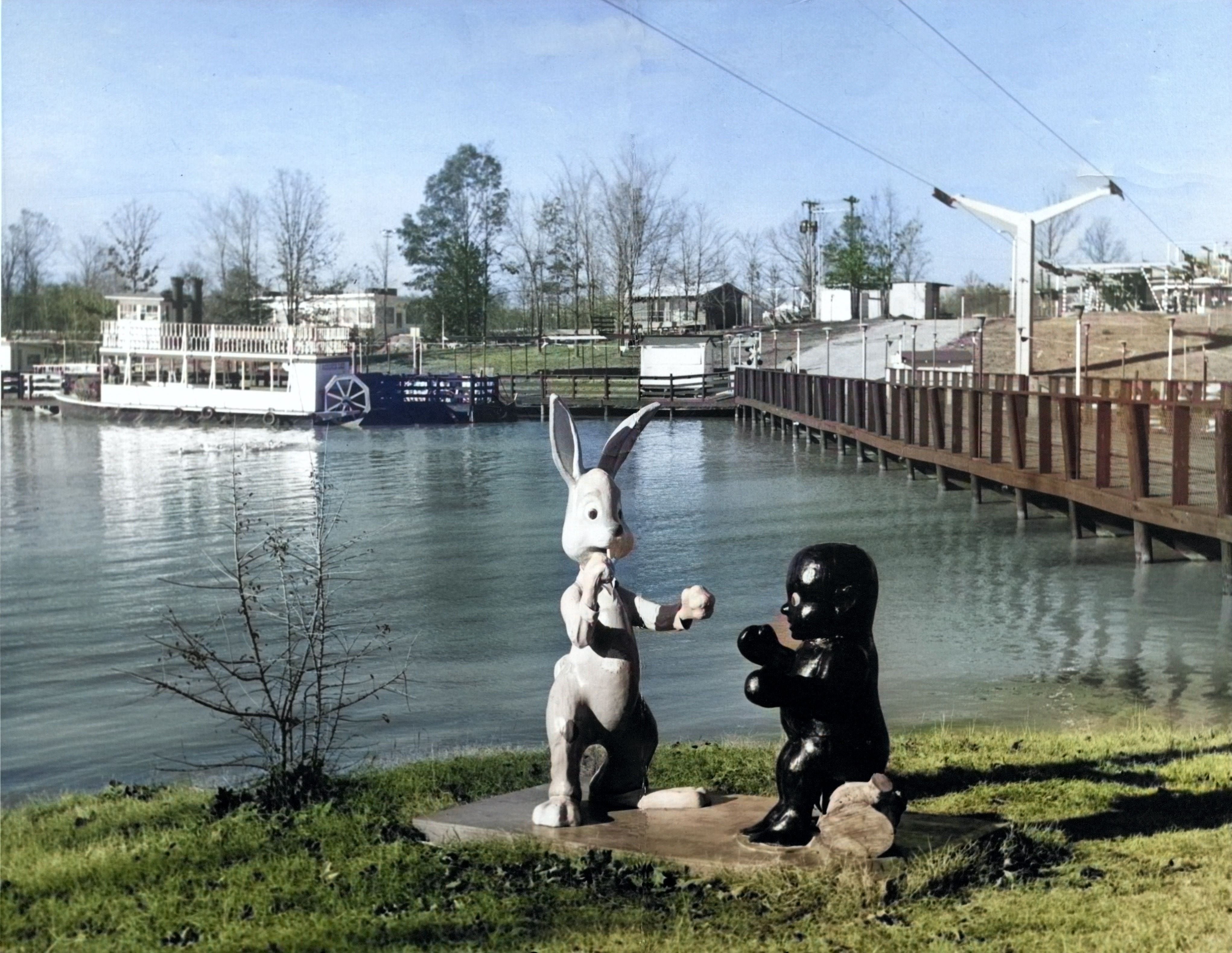
Lakeland survives today as an up-scale lake community as well as a growing city. A few remnants of its history remain including the base of the sky ride terminal and railroad tracks in the woods at the south end. Namesakes include the lake (Garner), the road over the dam (Lou-Jan Causeway), Huff’n Puff Road, and the city of Lakeland itself.

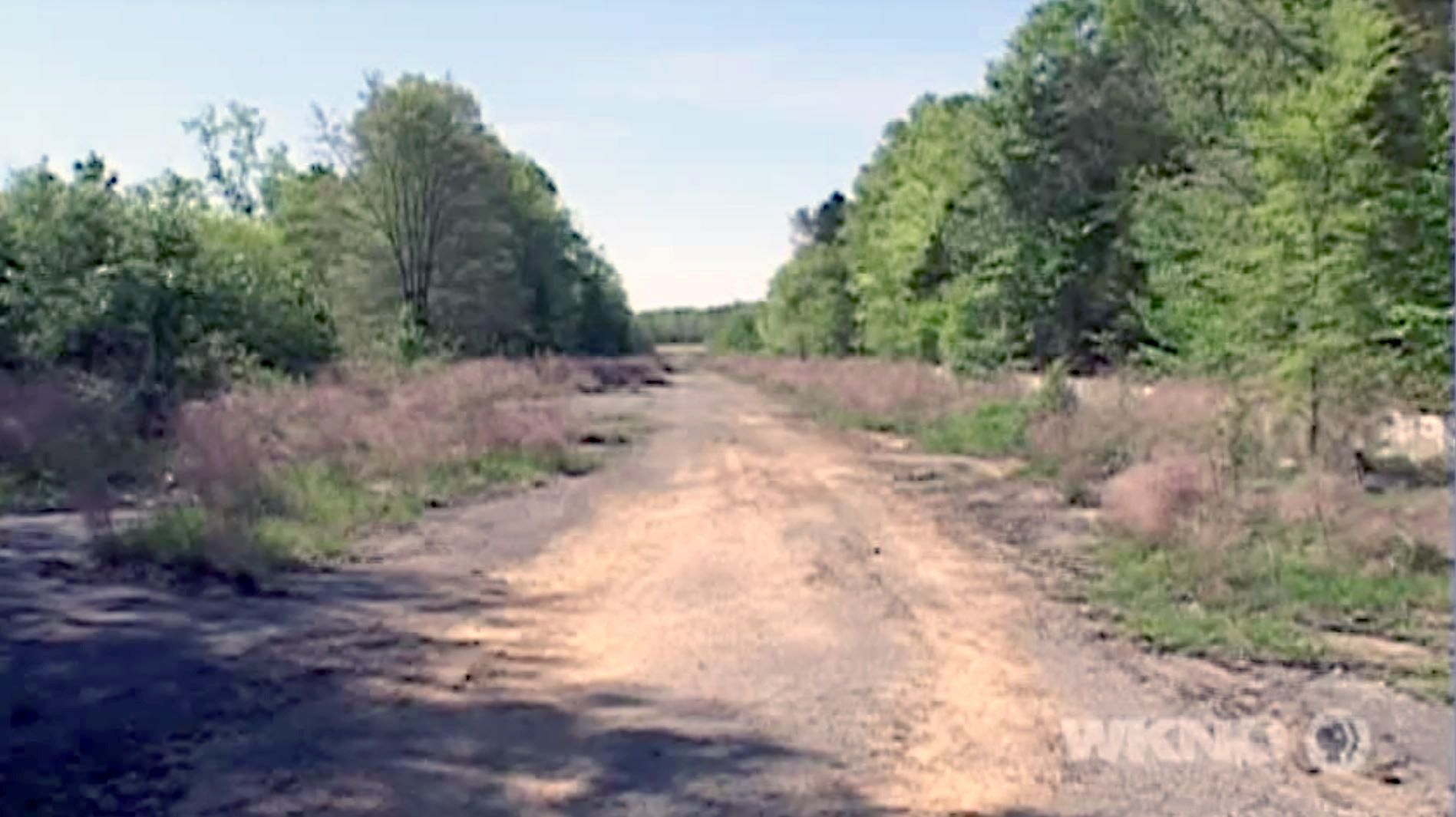
Louis Garner was a visionary with grandiose dreams and a talented and tireless promoter. But was he a failure?
Lakeland Amusement Park never met his hope of turning a profit and creating returns for investors and stockholders. But it never was a get-rich-quick scheme for Garner. He spent most of his working life, endless energy, and all he had on Lakeland’s many iterations—from amusement park to country club to horse track to homesites. He was committed to creating something truly extraordinary.
He dreamed big dreams and put his heart and soul into them. The amusement park didn’t work out but he built a large and beautiful lake within the most populous (at the time) county in the state, created some of the most desireable homesites in the Mid-South, and founded a city. That’s not a bad legacy. (He also made some fascinating history.)
Many thanks to Walt Drissel, Dave Brown, Nancy Harrell, Terre Hensley Cook, Steph Lefler, Susie Richardson, Gail Moore Howell & her mom, Warren & Judy Horton, University of Memphis Special Collections, and Memphis Public Library for providing pictures, documents, memories, and research. Additions, corrections, and historical images are much appreciated. Please email Chip Averwater at chipav(at)aol.com.
